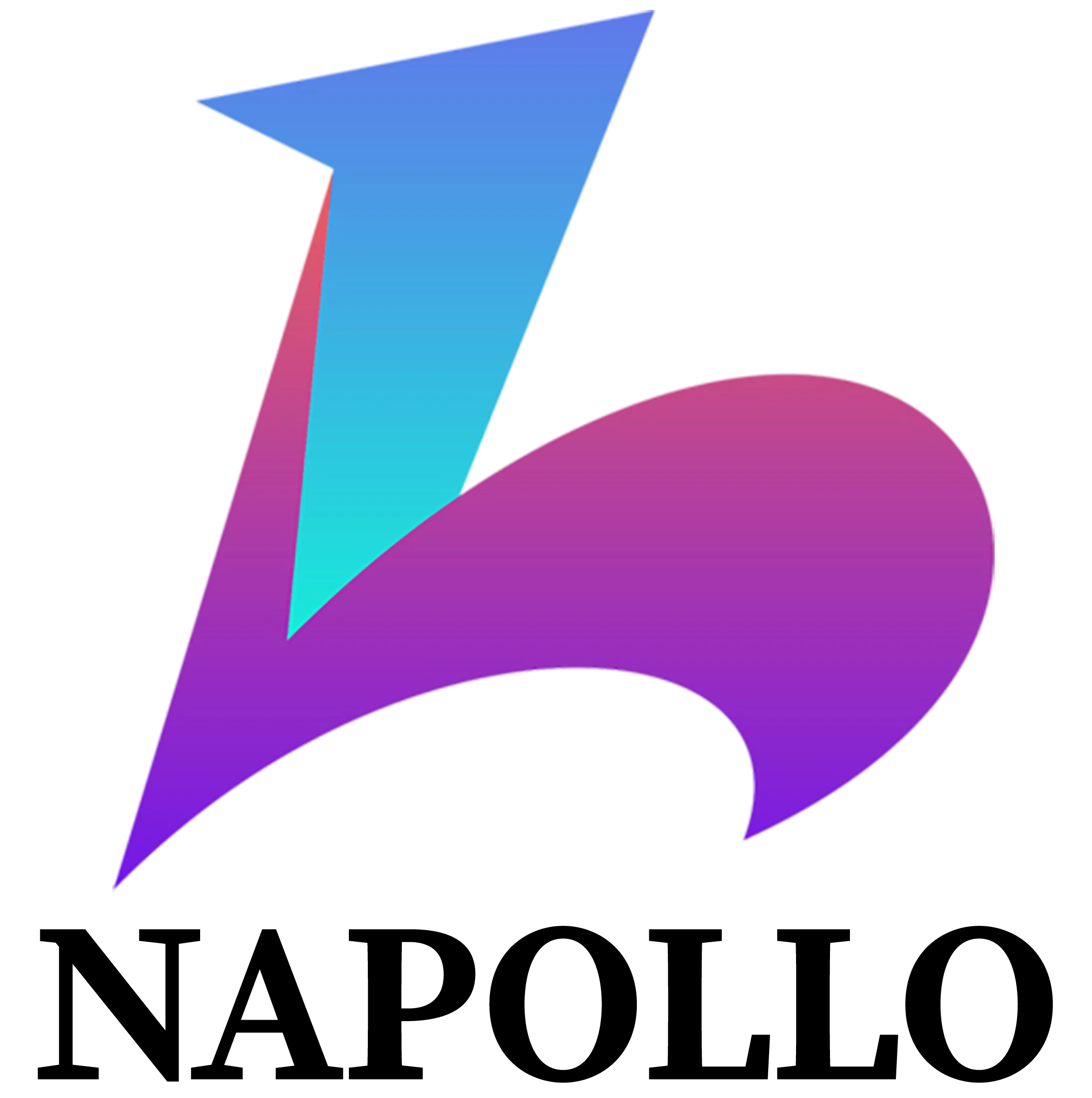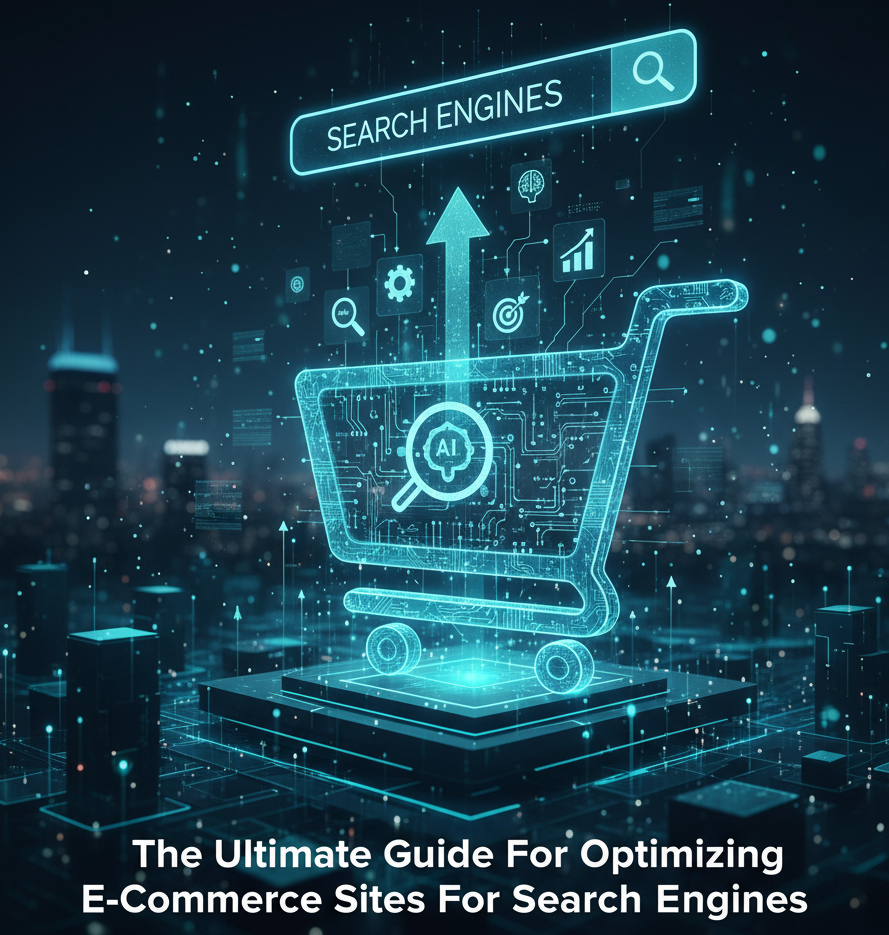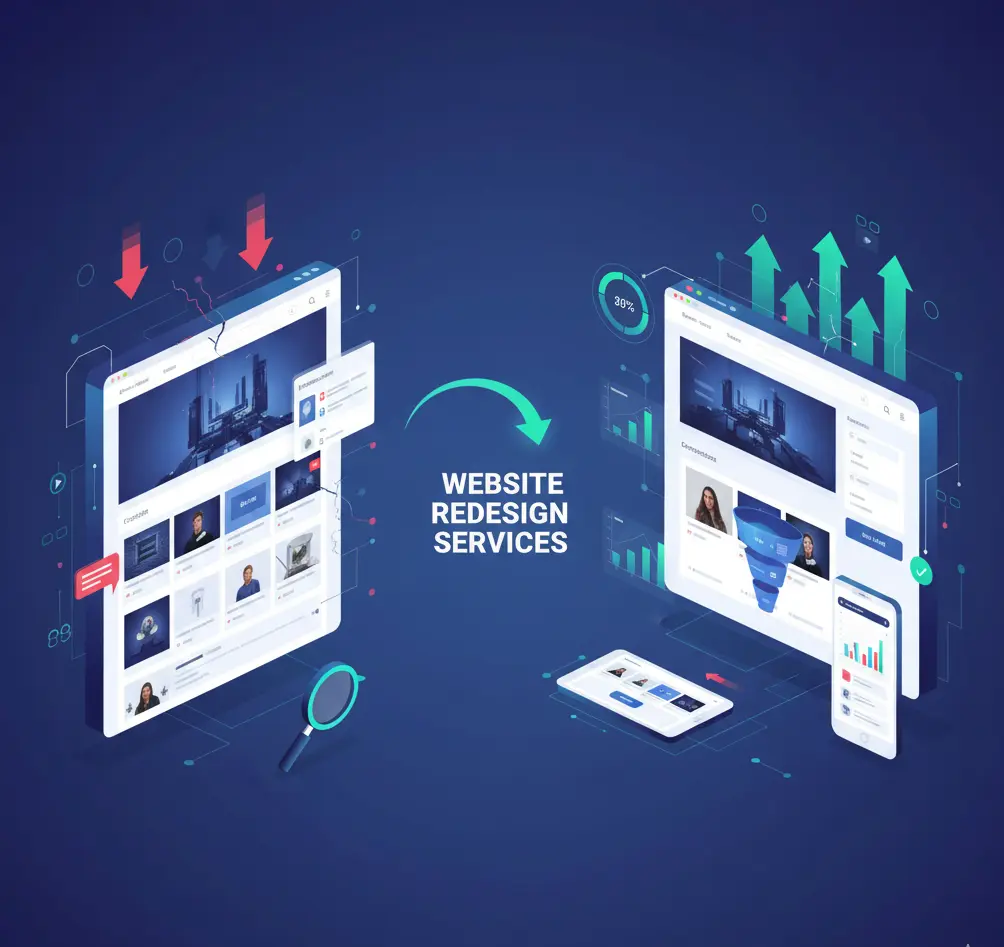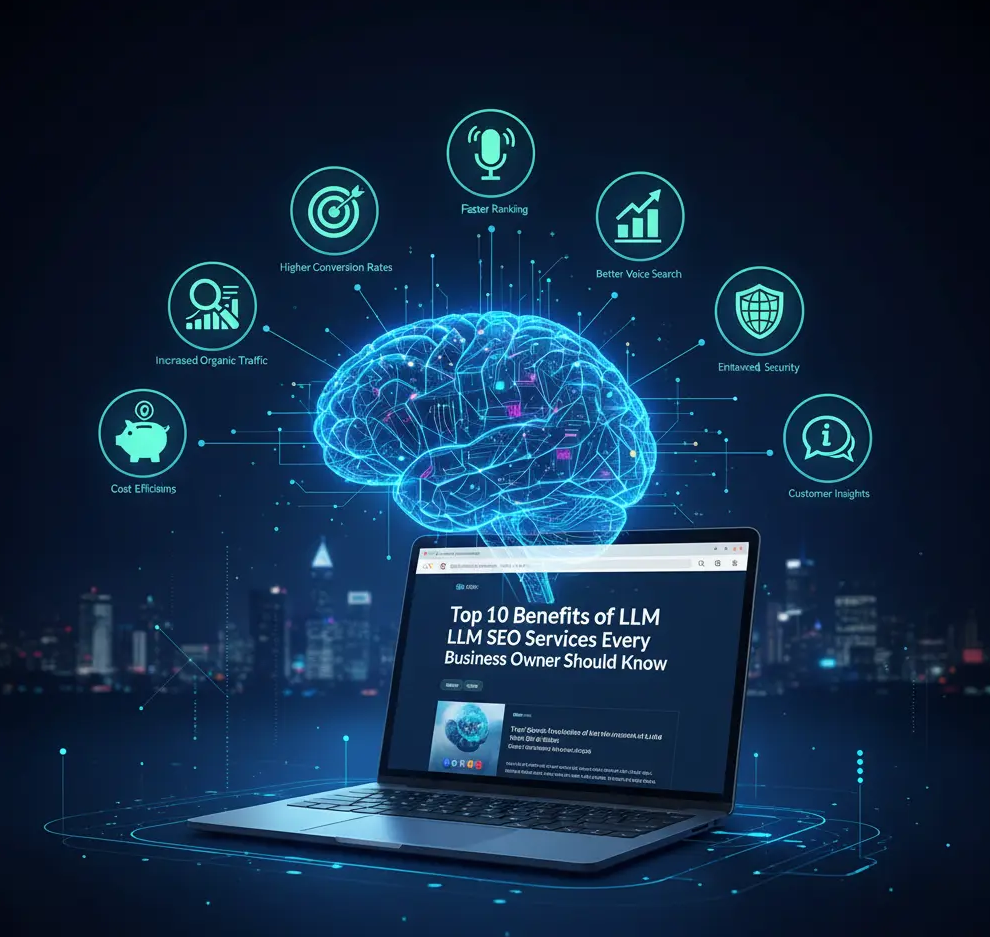Contents
- 1 What is Conceptual Adaptation in AI Systems?
- 2 Defining Conceptual Adaptation in Machine Learning
- 3 The Role of Context in Concept Transfer
- 4 Traditional vs. Semantic-Based Adaptation Approaches
- 5 Foundation: Knowledge Graphs for Semantic Understanding
- 6 Semantic AI: Enabling Intelligent Concept Adaptation
- 7 Core Mechanisms of Conceptual Adaptation
- 8 Technical Implementation Strategies
- 9 Advanced Techniques and Methodologies
- 10 Real-World Applications and Use Cases
- 11 Performance Optimization and Challenges
- 12 Building Conceptual Adaptation Systems
- 13 Evaluation Metrics and Benchmarking
- 14 Integration with Enterprise Systems
- 15 Future Trends and Emerging Technologies
- 16 Best Practices and Implementation Guide
- 17 Case Studies and Success Stories
- 18 Tools and Technologies Comparison
- 19 Conclusion: The Future of Intelligent Concept Adaptation
Learn conceptual adaptation using knowledge graphs and semantic AI. Complete guide with real-world applications, implementation strategies & case studies.
Imagine teaching a computer to think like a human brain—connecting dots between different ideas, understanding context, and adapting knowledge from one situation to another. That’s exactly what conceptual adaptation using knowledge graphs and semantic AI does. It’s revolutionizing how machines understand and process information, making them smarter and more helpful than ever before.
What is Conceptual Adaptation in AI Systems?
Think of conceptual adaptation as teaching a computer to be flexible with its thinking. Just like humans can take what they know about riding a bicycle and apply some of those skills to riding a motorcycle, AI systems can now transfer knowledge between different domains.

Defining Conceptual Adaptation in Machine Learning
Conceptual adaptation is the ability of AI systems to take knowledge learned in one area and apply it to a completely different area. It’s like having a Swiss Army knife for intelligence—one tool that adapts to many different situations.
For example, an AI that learned about customer behavior in online shopping could adapt that knowledge to understand patient behavior in healthcare. The core concepts of human preferences and decision-making remain similar, even though the contexts are totally different.
The Role of Context in Concept Transfer
Context is everything. When you say “bank,” do you mean a financial institution or the side of a river? Humans understand this automatically, but teaching machines to grasp context has been one of AI’s biggest challenges.
Modern AI systems use contextual clues to understand meaning. They look at surrounding words, the situation, and even the user’s history to figure out what you really mean. It’s like having a really smart friend who just “gets” what you’re trying to say.
Traditional vs. Semantic-Based Adaptation Approaches
Old-school AI was like a filing cabinet—organized but rigid. You had to know exactly which drawer to open and which folder to look in. If information wasn’t in the right place, the system couldn’t find it.
Semantic-based approaches are different. They’re like having a brilliant librarian who understands not just where books are located, but what they’re actually about. This librarian can recommend books you didn’t even know you were looking for because they understand the deeper connections between ideas.
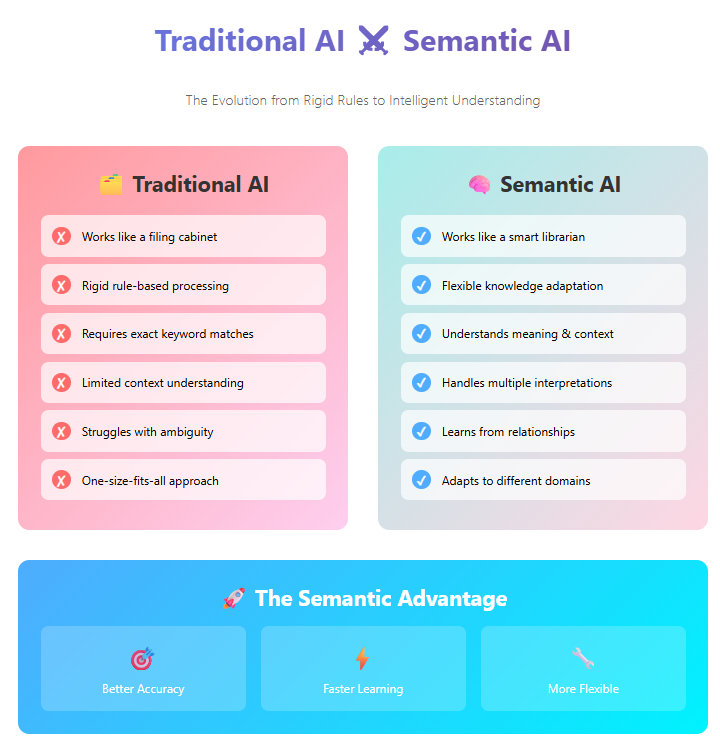
Foundation: Knowledge Graphs for Semantic Understanding
A knowledge graph is like a giant mind map that connects everything to everything else. Imagine Wikipedia, but instead of just linking articles, it understands the relationships between concepts, people, places, and ideas.
Semantic Representation in Knowledge Graphs
Think of semantic representation as giving meaning to data. Instead of just storing that “John works at Google,” a knowledge graph understands that John is a person, Google is a company, and “works at” represents an employment relationship. This deeper understanding allows for much more intelligent processing.
Entity-Relationship Modeling for Conceptual Reasoning
This is about understanding the connections between things. In real life, you know that:
- Dogs are animals
- Animals need food
- Therefore, dogs need food
Knowledge graphs work the same way, but they can handle millions of these logical connections simultaneously. They create a web of understanding that lets AI systems reason about new situations using existing knowledge.
Ontological Frameworks and Concept Hierarchies
An ontology is like a family tree for concepts. It shows how ideas are related to each other. For instance, “car” might be under “vehicle,” which is under “transportation,” which is under “human activity.”
This hierarchy helps AI understand that if something is true about vehicles in general, it’s probably true about cars specifically. It’s a way of organizing knowledge that makes reasoning more efficient and accurate.
Semantic AI: Enabling Intelligent Concept Adaptation
Semantic AI is the brain behind understanding meaning. It’s what makes the difference between a computer that can match keywords and one that actually understands what you’re talking about.
Natural Language Understanding and Concept Extraction
When you tell someone “I’m feeling blue,” they understand you’re sad, not that you’ve changed color. Semantic AI works similarly—it looks beyond the literal words to understand the intended meaning.
Modern systems can read text and automatically identify important concepts, relationships, and even emotions. They can tell the difference between “Apple the company” and “apple the fruit” based on context.
Embedding Models for Semantic Similarity
Word embeddings are like giving each word a unique fingerprint based on its meaning. Words with similar meanings have similar fingerprints. This allows computers to understand that “car” and “automobile” are basically the same thing, even though they’re different words.
These embeddings help AI systems understand that “happy” is closer to “joyful” than to “table,” which seems obvious to us but is actually a huge breakthrough for machines.
Transformer Architecture in Conceptual Reasoning
Transformers are the powerhouse behind modern AI. They’re like having multiple experts all working together, each focusing on different aspects of a problem. One might focus on grammar, another on context, and another on meaning.
The beauty of transformers is their attention mechanism—they can focus on the most important parts of information while ignoring irrelevant details, just like humans do when they’re listening to a conversation in a noisy room.
Core Mechanisms of Conceptual Adaptation
Now we get to the exciting part—how AI systems actually adapt concepts from one area to another.
Concept Mapping and Cross-Domain Transfer
Concept mapping is like creating a translation dictionary between different fields. For example, in business, you have “customers,” while in healthcare, you have “patients.” Both represent people receiving services, so the AI can transfer knowledge about customer satisfaction to patient satisfaction.
Cross-domain transfer happens when AI takes what it learned in one field and applies it to another. A system that became expert at recognizing fraud in banking could use similar pattern-recognition skills to detect fake news or identify unusual medical symptoms.
Semantic Distance Calculation and Similarity Metrics
This is about measuring how similar different concepts are. It’s like having a ruler for ideas. The system can determine that “physician” and “doctor” are very close (almost identical), while “physician” and “engineer” are more distant but still both professionals.
These measurements help AI systems understand which knowledge is most relevant to transfer from one situation to another.
Dynamic Graph Updates and Concept Evolution
Knowledge isn’t static—it grows and changes. Dynamic graphs are like living encyclopedias that update themselves as new information becomes available. When COVID-19 emerged, these systems quickly learned about the new virus and connected it to existing knowledge about pandemics, respiratory diseases, and public health.
Multi-Modal Concept Integration
This integration makes AI systems much more robust and human-like in their understanding.
This is about combining different types of information—text, images, sounds, and more. A multi-modal system doesn’t just read about cats; it can see pictures of cats, hear them meow, and understand that all these different inputs represent the same concept.
Technical Implementation Strategies
Let’s dive into how these systems actually work behind the scenes, but in simple terms.
Graph Neural Networks for Conceptual Reasoning
Graph Neural Networks (GNNs) are specialized AI systems designed to work with connected data. Think of them as detectives who are really good at finding patterns in social networks. They can look at how concepts are connected and use those connections to make smart predictions.
For example, if a GNN knows that aspirin reduces pain and that headaches cause pain, it can reasonably suggest that aspirin might help with headaches, even if it wasn’t explicitly taught that connection.
Knowledge Graph Embeddings
These are ways of representing knowledge graphs in a format that computers can process efficiently. Imagine taking a complex 3D sculpture and creating a detailed blueprint that captures all its important features. That’s what embeddings do for knowledge graphs.
Different embedding methods (like TransE, RotatE, and ComplEx) are like different ways of creating these blueprints, each with their own strengths for different types of problems.
Semantic Search and Concept Retrieval Systems
Traditional search is like looking for books by their titles. Semantic search is like having a librarian who understands what you’re really looking for, even if you can’t quite articulate it properly.
When you search for “heart problems,” a semantic system might also show you results about cardiovascular disease, cardiac issues, and chest pain—because it understands these are all related concepts.
Real-Time Adaptation Algorithms
Real-time adaptation means AI systems get smarter with every interaction, continuously refining their understanding of concepts and relationships.
These are systems that learn and adapt on the fly. Imagine a GPS that doesn’t just give you directions but also learns from traffic patterns, road closures, and even your personal preferences to constantly improve its suggestions.
Advanced Techniques and Methodologies
These are the cutting-edge approaches that make conceptual adaptation even more powerful.
Few-Shot Learning with Knowledge Graph Constraints
Few-shot learning is like being able to recognize a new animal species after seeing just a few examples. Traditional AI might need thousands of pictures to learn what a zebra looks like, but few-shot learning can figure it out from just a handful of images.
When combined with knowledge graphs, this becomes even more powerful. The system might see a few pictures of a zebra and immediately understand it’s related to horses, lives in Africa, and eats grass—because it can connect these new examples to existing knowledge.
Meta-Learning for Cross-Domain Concept Transfer
Meta-learning is “learning how to learn.” It’s like developing a general strategy for picking up new skills quickly. A meta-learning system doesn’t just learn specific facts; it learns patterns about how knowledge transfers between different domains.
This means the system gets better at adaptation over time, becoming more efficient at applying knowledge from one area to another.
Neuro-Symbolic Integration for Robust Adaptation
This combines the pattern-recognition power of neural networks with the logical reasoning of symbolic AI. It’s like having both an artist (who sees patterns and intuitions) and a mathematician (who follows logical rules) working together.
This combination makes AI systems more robust and reliable, especially in critical applications like healthcare or autonomous vehicles.
Attention Mechanisms in Graph-Based Reasoning
Attention mechanisms help AI focus on what’s most important. When reading a long document, humans naturally pay more attention to key points and skim over less important details. Attention mechanisms give AI systems this same ability.
In graph-based reasoning, attention helps the system focus on the most relevant connections and relationships, making processing more efficient and accurate.
Real-World Applications and Use Cases
Let’s look at how these technologies are actually being used to solve real problems.

Healthcare: Medical Concept Adaptation and Drug Discovery
In healthcare, conceptual adaptation is saving lives by helping doctors understand connections between different medical conditions. A system might notice that patients with a certain heart condition often develop kidney problems, even if this connection wasn’t obvious before.
For drug discovery, AI can adapt knowledge about how existing drugs work to predict how new compounds might behave. This dramatically speeds up the process of finding new treatments.
E-commerce: Product Recommendation and Catalog Mapping
Online shopping platforms use conceptual adaptation to understand that someone interested in camping gear might also like hiking boots, outdoor clothing, and travel accessories. The system understands the conceptual relationships between these products.
Catalog mapping helps when companies merge or when products need to be categorized across different systems. The AI can understand that “smartphone” and “mobile phone” refer to the same type of product.
Financial Services: Risk Assessment and Fraud Detection
Banks use these systems to understand patterns of fraudulent behavior. If scammers develop a new type of fraud, the system can adapt existing knowledge about previous scams to identify and prevent the new threat.
Risk assessment benefits from understanding how different economic factors relate to each other. The system might understand that rising unemployment in a specific region could affect loan default rates.
Educational Technology: Personalized Learning Pathways
Educational AI systems can adapt to different learning styles and knowledge levels. If a student is struggling with algebra, the system might recognize that they need to strengthen their understanding of basic arithmetic first.
These systems can also transfer knowledge about what teaching methods work well for certain types of learners to new subjects or contexts.
Performance Optimization and Challenges
Even the best systems face challenges. Here’s how to address them.
Computational Complexity and Graph Traversal Efficiency
Large knowledge graphs can be computationally expensive to process. It’s like trying to find the shortest route through a city with millions of streets—technically possible, but it takes smart algorithms to do it efficiently.
Solutions include:
- Indexing: Like creating a table of contents for faster lookup
- Caching: Storing frequently accessed information for quick retrieval
- Parallel processing: Using multiple processors to handle different parts simultaneously
Handling Semantic Ambiguity and Context Disambiguation
Words and concepts can have multiple meanings. “Bank” could mean a financial institution or the side of a river. The challenge is teaching AI to understand which meaning is intended based on context.
Techniques include:
- Context analysis: Looking at surrounding words and phrases
- User history: Considering previous interactions
- Domain knowledge: Understanding the subject area being discussed
Quality Assurance and Validation Frameworks
Ensuring quality in AI systems is like having a good editor for a newspaper. You need multiple layers of checking:
- Automated testing: Computer programs that check for obvious errors
- Human review: Expert evaluation of results
- User feedback: Learning from how people actually use the system
- Continuous monitoring: Watching for problems in real-time
Bias Mitigation in Conceptual Transfer
AI systems can inadvertently learn and perpetuate human biases. For example, if historical data shows that most engineers were men, the system might incorrectly assume that engineering is a male profession.
Mitigation strategies include:
- Diverse training data: Including examples from all groups
- Bias testing: Specifically checking for unfair outcomes
- Regular auditing: Ongoing evaluation of system behavior
- Inclusive design: Involving diverse teams in development
Building Conceptual Adaptation Systems
Here’s a practical guide to building these systems.
Architecture Design Patterns
Think of architecture as the blueprint for your AI system. Good architecture is like good city planning—everything needs to be in the right place and connected properly.
Common patterns include:
- Hub and spoke: Central knowledge repository with specialized modules
- Layered approach: Different levels of abstraction, from raw data to high-level concepts
- Microservices: Small, specialized components that work together
Data Pipeline and Knowledge Graph Construction
Building a knowledge graph is like constructing a vast library. You need to:
- Collect information from various sources
- Clean and organize the data
- Identify relationships between different pieces of information
- Validate that everything makes sense
- Update regularly as new information becomes available
The key is starting with high-quality, well-structured data and building from there.
Model Training and Evaluation Metrics
Training an AI model is like teaching a student. You need:
- Good examples to learn from
- Regular tests to check progress
- Feedback to correct mistakes
- Practice with different types of problems
Evaluation metrics help you understand how well your system is performing. Common metrics include accuracy (how often it’s right), precision (how relevant its answers are), and recall (how much relevant information it finds).
Deployment and Scalability Considerations
Deployment is about making your system available to users. Key considerations include:
Think of it like opening a restaurant—you need to handle busy periods, ensure food quality, keep customers safe, and continuously improve your menu.
- Performance: Can it handle many users at once?
- Reliability: Does it work consistently?
- Security: Is user data protected?
- Maintainability: Can it be updated and improved easily?
Evaluation Metrics and Benchmarking
How do you know if your system is working well? Here are the key measures.
Semantic Similarity Assessment
This measures how well the system understands relationships between concepts. Good systems should recognize that “car” and “automobile” are nearly identical, while “car” and “airplane” are related but different.
Testing involves comparing the system’s understanding with human judgment across thousands of concept pairs.
Adaptation Accuracy and F1 Scores
Accuracy measures how often the system gets things right. F1 scores balance between finding all relevant information (recall) and ensuring that found information is actually relevant (precision).
Think of it like a search engine—you want it to find all the relevant websites (high recall) but not show you a bunch of irrelevant ones (high precision).
Cross-Domain Transfer Success Rates
This measures how well knowledge transfers between different fields. A good system might successfully apply knowledge from retail customer service to healthcare patient care, adapting general principles of human interaction to specific contexts.
Human Evaluation and Expert Validation
Sometimes you need human experts to evaluate whether the system’s adaptations make sense. This is particularly important in specialized fields like medicine or law, where mistakes can have serious consequences.
Integration with Enterprise Systems
Making these systems work in real business environments requires careful planning.
API Design for Conceptual Adaptation Services
APIs (Application Programming Interfaces) are like electrical outlets—they provide a standard way for different systems to connect and share power. Good API design makes it easy for other systems to use your conceptual adaptation capabilities.
Key principles include:
- Simplicity: Easy to understand and use
- Consistency: Similar operations work in similar ways
- Documentation: Clear instructions for developers
- Reliability: Works the same way every time
Database Integration and Knowledge Management
Enterprise systems need to work with existing databases and knowledge management systems. This is like making sure your new smart TV can connect to your existing cable box and sound system.
Challenges include:
- Data format compatibility: Making sure different systems can understand each other
- Performance: Ensuring queries run quickly even with large amounts of data
- Synchronization: Keeping information consistent across multiple systems
Security and Privacy Considerations
When dealing with sensitive information, security is paramount. This includes:
- Access control: Ensuring only authorized users can access information
- Data encryption: Protecting information during transmission and storage
- Privacy compliance: Following regulations like GDPR or HIPAA
- Audit trails: Keeping records of who accessed what information when
Monitoring and Performance Analytics
Like a doctor checking a patient’s vital signs, you need to continuously monitor your AI system’s health. Key metrics include:
- Response time: How quickly the system answers queries
- Error rates: How often things go wrong
- Usage patterns: Understanding how the system is being used
- Resource consumption: Monitoring CPU, memory, and storage usage
Future Trends and Emerging Technologies
The field is evolving rapidly. Here’s what’s coming next.
Large Language Models and Knowledge Graph Fusion
Large Language Models (LLMs) like GPT are excellent at understanding and generating text, while knowledge graphs excel at structured reasoning. Combining them creates systems that can both understand natural language and reason logically about relationships.
This fusion is like combining a brilliant conversationalist with a walking encyclopedia—you get both engaging communication and deep, accurate knowledge.
Quantum Computing Applications in Graph Reasoning
Quantum computers process information in fundamentally different ways that could make graph reasoning much faster. While still experimental, early research suggests quantum systems could solve certain types of graph problems exponentially faster than traditional computers.
Think of it as the difference between trying every possible path through a maze one at a time versus somehow exploring all paths simultaneously.
Federated Learning for Distributed Concept Adaptation
Federated learning allows AI systems to learn from data across multiple organizations without actually sharing the data. This is particularly valuable for sensitive industries like healthcare or finance.
It’s like having doctors from different hospitals share knowledge about treatment effectiveness without sharing patient records—the knowledge is shared, but privacy is preserved.
Explainable AI in Semantic Reasoning Systems
As AI systems become more powerful, it becomes increasingly important to understand how they make decisions. Explainable AI provides insights into the reasoning process, showing which information and relationships influenced particular conclusions.
This is crucial for applications where you need to trust and verify the AI’s decisions, such as medical diagnosis or legal analysis.
Best Practices and Implementation Guide
Here are proven strategies for successful implementation.
Choosing the Right Knowledge Graph Framework
Different frameworks suit different needs:
- Neo4j: Great for complex relationship queries
- Amazon Neptune: Good for cloud-based applications
- Apache Jena: Excellent for semantic web applications
- GraphDB: Strong in reasoning and inference
Choose based on your specific requirements: scale, performance needs, budget, and existing infrastructure.
Model Selection and Hyperparameter Tuning
Selecting the right model is like choosing the right tool for a job. Consider:
- Problem complexity: Simple problems might need simple models
- Data availability: Some models need more training data than others
- Performance requirements: Real-time applications need fast models
- Accuracy needs: Critical applications need highly accurate models
Hyperparameter tuning is like adjusting the settings on a camera—small changes can make big differences in results.
Continuous Learning and Model Updates
AI systems need regular updates to stay current and accurate. This includes:
- Retraining with new data: Incorporating recent information
- Performance monitoring: Watching for degradation over time
- Feedback integration: Learning from user interactions
- Version control: Managing different versions of your models
Team Structure and Skill Requirements
Building these systems requires diverse expertise:
- Data scientists: For model development and training
- Software engineers: For system architecture and implementation
- Domain experts: For knowledge validation and guidance
- DevOps specialists: For deployment and maintenance
- Product managers: For aligning technical capabilities with business needs
Case Studies and Success Stories
Real-world examples demonstrate the power of these technologies.
Industry Implementation Examples
Netflix’s Recommendation System: Uses conceptual adaptation to understand that someone who likes science fiction movies might also enjoy certain TV shows, books, or games in the same genre. The system adapts its understanding of user preferences across different types of content.
Google’s Knowledge Panel: When you search for a person, place, or thing, Google shows a knowledge panel with related information. This uses conceptual adaptation to understand relationships between entities and present relevant information.
Amazon’s Product Discovery: Amazon’s system understands that customers interested in baking might also want measuring cups, mixing bowls, and recipe books, even if they’ve never searched for these items before.
ROI Analysis and Business Impact
Companies implementing these systems typically see:
- Increased user engagement: More relevant recommendations keep users active longer
- Improved efficiency: Automated knowledge transfer reduces manual work
- Better decision making: Enhanced insights lead to more informed choices
- Competitive advantage: More intelligent systems provide market differentiation
Lessons Learned and Common Pitfalls
Common mistakes include:
- Starting too big: Begin with focused use cases before expanding
- Ignoring data quality: Poor input data leads to poor results
- Underestimating complexity: These systems require significant expertise
- Neglecting user feedback: Systems improve faster when users provide input
Success factors include:
- Clear objectives: Know what you’re trying to achieve
- Strong data foundation: Invest in data quality and organization
- Iterative development: Build, test, and improve continuously
- Cross-functional collaboration: Involve all stakeholders from the beginning
Tools and Technologies Comparison
Choosing the right tools is crucial for success.
Open-Source vs. Commercial Platforms
Open-Source Advantages:
- Cost-effective for small projects
- Full control over customization
- Large community support
- Transparent algorithms
Commercial Platform Advantages:
- Professional support and service
- Integrated tools and features
- Enterprise-grade security and scalability
- Faster time to market
Neo4j, Amazon Neptune, and GraphDB Comparison
Neo4j:
- Strengths: Mature platform, excellent query language (Cypher), strong community
- Best for: Complex relationship queries, medium-scale applications
- Considerations: Can be expensive for large deployments
Amazon Neptune:
- Strengths: Fully managed service, good AWS integration, automatic scaling
- Best for: Cloud-native applications, variable workloads
- Considerations: Vendor lock-in, less flexibility in configuration
GraphDB:
- Strengths: Strong reasoning capabilities, good semantic web support
- Best for: Knowledge-intensive applications, research projects
- Considerations: Steeper learning curve, smaller community
Python Libraries and Frameworks Overview
NetworkX<>: Great for graph analysis and algorithms DGL (Deep Graph Library): Excellent for graph neural networks PyTorch Geometric: Comprehensive geometric deep learning RDFLib: Strong for semantic web and linked data spaCy: Excellent for natural language processing Transformers: State-of-the-art language models
Choose based on your specific needs and existing technical expertise.
Conclusion: The Future of Intelligent Concept Adaptation
Conceptual adaptation using knowledge graphs and semantic AI represents a fundamental shift in how machines understand and process information. We’re moving from rigid, rule-based systems to flexible, intelligent ones that can adapt and learn like humans do.
The future looks incredibly promising. As these technologies mature, we’ll see AI systems that can:
- Understand context and nuance like never before
- Transfer knowledge across domains with human-like flexibility
- Learn continuously from new experiences and information
- Explain their reasoning in ways humans can understand
- Collaborate with humans as true partners in problem-solving
The key to success lies in understanding that these are not just technical tools, but ways of encoding human knowledge and reasoning into systems that can operate at scale. The most successful implementations will be those that combine technical excellence with deep understanding of human needs and behaviors.
As we continue to push the boundaries of what’s possible, one thing is clear: the future of AI is not about replacing human intelligence, but augmenting it. Conceptual adaptation using knowledge graphs and semantic AI is helping us build systems that think more like humans while processing information at machine speed and scale.
The journey is just beginning, and the possibilities are limitless. Whether you’re a developer, business leader, or simply someone curious about the future of technology, understanding these concepts will help you navigate and shape the intelligent systems of tomorrow.
Ready to dive deeper into building intelligent systems? Start with a small project, focus on data quality, and remember that the best AI systems are those that serve real human needs. The future of intelligent concept adaptation is in your hands.
Elevate Your Website’s Search Rankings with Napollo.net’s Advanced Semantic SEO
At Napollo.net, we revolutionize website optimization by harnessing the power of cutting-edge semantic search methodologies that align perfectly with modern search engine algorithms. Our expert team leverages the latest semantic analysis techniques, natural language processing, and contextual understanding to boost your website’s visibility and drive targeted organic traffic. Unlike traditional SEO approaches, our semantic methods focus on content meaning, user intent, and topical authority to create sustainable ranking improvements that withstand algorithm updates. Ready to transform your online presence and outrank your competition? Contact us today to discover how our proven semantic ranking methods can propel your website to the top of search results and deliver measurable business growth.
